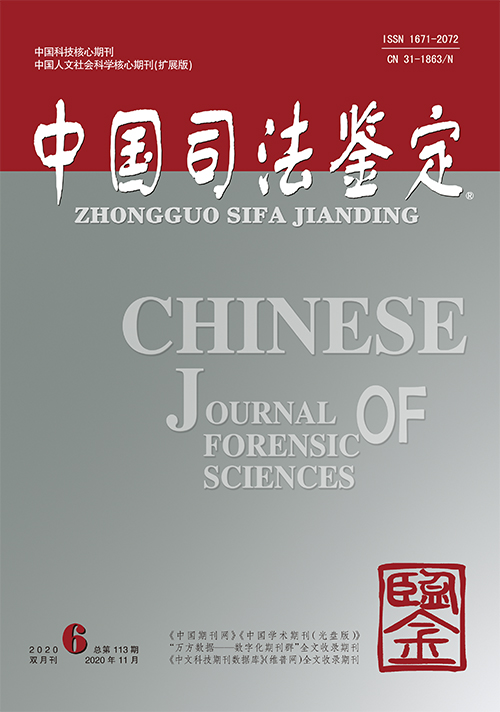Objective To establish an ultra high performance liquid chromatography-tandem mass spectrometry (UPLC-MS/MS) method combined with online solid phase extraction for the simultaneous determination of 12 cathinones in blood samples. Methods The blood samples were first purified by adding acetonitrile. The samples were then centrifuged, diluted, filtered, and loaded on PLRP-S online solid phase extraction column (2.1 mm×12.5 mm, 15-20 μm) for enrichment and purification. The online solid phase extraction used acetonitrile -5 % methanol (volume fraction) as the mobile phase for gradient elution, and the flow rate was 1.0 mL/min. A Poroshell 120 EC-C18 column (3.0 mm×150 mm, 2.7 μm) was used for chromatography separation. 5 mmol/L ammonium acetate buffer [containing 0.1 % formic acid (volume fraction)] - acetonitrile was used as the mobile phase for gradient elution, with a flow rate of 0.4 mL/min. The mass spectrometer used electrospray ionization source, and multi reaction monitoring mode was used for analysis. Results The linear relationships of 12 cathinones were good, as the correlation coefficients were more than 0.998. The detection limits of the analytes were 0.1-0.5 ng/mL, and the quantitative limits were 0.3-1.5 ng/mL. The recoveries of 12 cathinones at three different concentrations were 70.9 %-108 %. The intra-day and inter-day precisions were 1.5 %-8.9 % and 5.1%-44.5%, respectively (n=6). Conclusion The proposed method is simple, convenient, of less sample demand and highly sensitive. It can be used for the determination of cathinones in blood samples.

